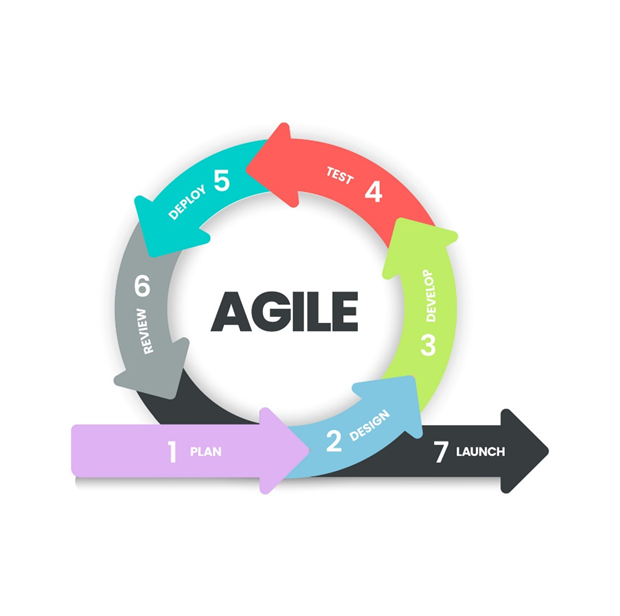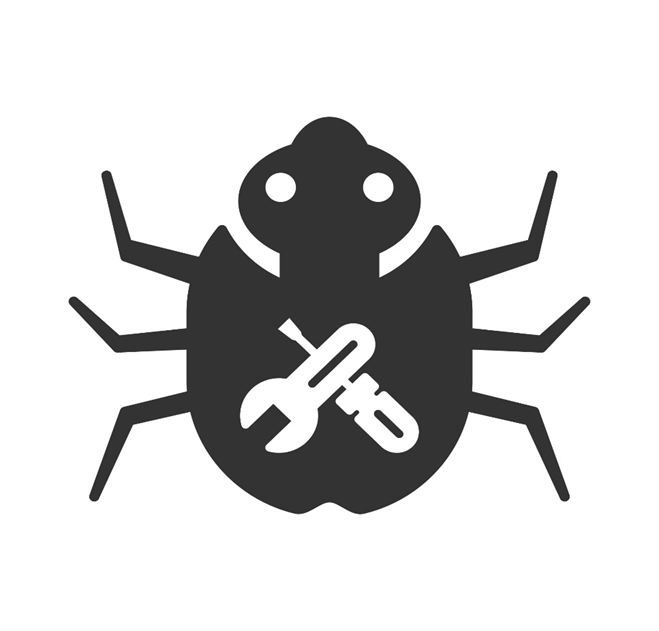Overview: Shift-Left Testing in Agile
It is only the recent years that software development had a linear way in which testing was a separate phase close to the end of the development lifecycle. This traditional model often resulted in the discovery of critical defects late in the process, leading to costly fixes, delays, and potential customer dissatisfaction. Not surprisingly, there is new improved Shift-Left Testing in Agile, gaining popularity in the highly dynamic development environments of today where shorter release cycles and continuous improvement have become absolute imperatives.
Understanding Shift-Left Testing in Agile
Shift-Left Testing in Agile refers to a process of including testing activities at the initial development phase, rather than the conventional approach of testing towards the later phases of the development process. It is moving towards a proactive approach in Agile principles towards early defect detection and continuous feedback loops. This article explains how shifting left in the development timeline supports early detection and resolution of issues, paying substantive dividends throughout the entire development lifecycle.

Read: Use an Agile Project Management Tool: Choose an Azure DevOps Service
Major Benefits of Shift-Left Testing in Agile
Improved Shift-Left Testing in Agile development brings a host of benefits to Agile teams. Some of them are:
1. Reduced Costs
Imagine cost implications of fixing a critical bug found just before release compared to catching it during the initial development phase. Detecting a defect early in the process through shift-left testing enables faster and more economical bug fixing. Hence, this translates to significant savings on development resources, with a potential to evade expensive rework toward the end of the process.
2. Improved Product Quality
Since testing is done throughout the development cycle, potential problems can be nipped in the bud. This means that early testing guarantees a better-quality product, free of many bugs, with a stronger codebase fidelity. Early testing ensures that the product is going to work as intended, that it meets user requirements, and that it is going to be a good user experience.
3. Reduced Time to Market
Traditional testing practices breed bottlenecks at the close of the development cycle that postpone the release of the product. Early Defect Detection in Agile with Shift-Left Testing helps shrink cycles of testing, providing quicker identification of roadblocks. This translates to faster bug fixes and the ability to ship new features and functionalities to market faster.
4. Enhanced Collaboration in Agile
The major advantage of Shift-Left Testing in Agile is that it positively influences the dynamics of the team. It boosts enhanced collaboration in Agile, as it means involving testers at the early stages of development. Testers get a chance to comment on requirements, user stories, and design documents in order to get a general idea of the product vision. Such collaborative measures bring forth smooth and open communication, creating shared responsibility whereby both the developer and tester have equal stakes, hence eventually forming a more cohesive and efficient development team.
5. Focus on Preventive Measures
Traditional testing approaches focus on fix-it-later or reactive bug fixing, where issues get first observed and only then fixed. Instead, Shift-Left Testing encourages a more proactive approach. By pulling testing activities earlier in the development lifecycle, the focus moves toward defect prevention as opposed to trying to identify and fix them later. This puts the team to work with stronger code to start with, so there are fewer bugs to fix later, and efficient development is enjoyed.

6. Using Automation
Shift-Left Testing in agile can easily be integrated with Agile practices such as Continuous Integration and Continuous Delivery (CI/CD). Implementation of CI/CD allows for automation in activities like building the code, testing, and eventually deploying it. In this setup, QA Automation Testing Services play a vital role as they help in the automation of repetitive test cases, and then testing can take place as much and as fast as possible in the lifecycle of development. Automation will relieve the tester’s time to work on more strategic activities, such as exploratory testing and test case design, further enhancing the effectiveness of the Shift-Left approach.
Read: Top Benefits of Test Automation in Agile and DevOps Environments
Table: Traditional Testing versus Shift-Left Testing
| Feature | Traditional Testing | Shift-Left Testing |
| Testing Stage | Separate phase towards the end of development | Integrated throughout the development lifecycle |
| Focus | Reactive bug fixing | Proactive defect prevention |
| Collaboration | Limited collaboration between developers and testers | Enhanced collaboration between developers and testers |
| Time to Market | Slower due to late-stage defect detection | Faster due to early defect detection |
| Cost | Higher costs due to late-stage bug fixes | Lower costs due to early defect detection |
| Product Quality | Lower quality due to late-stage defect detection | Higher quality due to early defect detection |
Case Studies of Shift-Left Testing in Agile Development
1. Company A
- Challenge: The E-Commerce Company A, which is a leader in its segment, has a big problem with late-stage defect detection that traditional testing results in. Such tendencies lead to bugs getting into production, affecting customer experience, and influencing support costs.
- Solution: Company A adopted Shift-Left Testing in agile. Testers were engaged at the very start of the cycle, giving feedback at the requirement-gathering stage. Developers were writing unit tests before coding or while coding, and automation tools did the repetitive part.
- Outcome: It resulted in a 40% reduction in escape with the early detection of defects, leading to the product being more stable and hence customer satisfaction. It also resulted in an increase in development efficiency due to fewer bugs to fix later.
2. Company B
- Challenge: This financial service company, Company B, has been having slow-release cycles because of the very late-stage testing, which has put them at a very poor position compared to their competitors.
- Solution: Company B had in-built automated testing tools into their concept of Shift-Left Testing. Regression test was their target area. Along with that, they laid more emphasis on the practice of continual feedback among developers, testers, and product managers. Further, they gave training to other testers on exploratory testing techniques.
- Outcome: It reduces overall time-to-market by about 20% through Shift-Left testing and helps in identification and resolution of bugs in the process as early as possible. It also helps in delivering new features faster than competitors to seek competitive advantage, improving communication between teams.
Shift-Left Testing in Agile Implementation Challenges
While there are numerous advantages to Shift-Left Testing in Agile, a few of these should be made apparent:
- Tester Mindset Shift: Testers who are accustomed to traditional testing methodologies will now have to orient themselves toward a more proactive and collaborative role.
- Integration with Current Workflows: This will involve changes in the testing processes and tools.
- Automation Skills: The effective use of Shift-Left Testing often demands some level of expertise in test automation within the team.
Some of the ways through which these obstacles can be overcome include:
- Training and workshops to help the testers understand what the principles and practices of Shift-Left testing are.
- Open communication and collaboration between developers and testers will only naturally bring the current workflows in line.
- Investing in training or hiring resources that have acquired expertise in test automation tools and techniques.
Read: What is Shift Open Source Cloud Testing at a Low Cost?
Best Practices to make Shift-Left Testing in Agile effectiv
Here are actionable tips to get effectively started with improved Shift-Left Testing in Agile Development:
- Start Early: Get testers involved early in the project during the requirements gathering phase and user story definition.
- Embrace Unit Testing: Incite the developers to write unit tests along with their coding so the correctness of individual code modules can be verified.
- Exploratory Testing: Schedule exploratory testing sessions through the development phase at regular intervals, surfacing possible usability problems and edge cases.
- Integrate Testing Tools: Automate the repetitive test cases through automation tools so that testers can concentrate on performing strategic tasks.
- Continuous Feedback: Enable the right communication channels so that there are continuous feedback loops possible between the developers, testers, and any other stakeholders in the development.
Conclusion
Shift-Left Testing in Agile is a very strong proposition to enhance Agile Development. Introducing software testing services activities much earlier into the lifecycle gains substantial improvement in product quality, quick time to market, and low development cost. Early Defect Detection through an strategy with Shift-Left Testing in Agile development enables teams to deliver high-quality software in ways that meet the needs and expectations of users.
Over time, with the ever-changing landscape of software development, Shift-Left Testing becomes a very critical enabler of efficiency and high-quality in software delivery, hence making software delivery competitive in Agile environments.
Frequently Asked Questions
1. What stage in the software development lifecycle does testing begin?
The test ideally should be initiated at a very early stage of development, be it gathering requirements, creating user stories, or even writing unit tests along with the development.
2. List out the various testing activities which come under Shift-Left Testing.
Shift-Left Testing in Agile involves different activities that span from unit testing and integration testing to exploratory testing and user acceptance testing (UAT). The testing type depends on the project and the stage of the lifecycle.
3. What are some ways in which I could measure the relative success of a Shift-Left Testing adoption objectively?
Evidences of the effectiveness of Shift-Left Testing would be on tracked metrics in Defect Escape rate, Time to Market, and Customer Satisfaction. Good positive signals would be a decrease in the Defect Escape Rate and increase in Time to Market. Besides, good customer satisfaction with a product of higher quality due to the early detection of defects is a good indicator of the same.
Read More:



